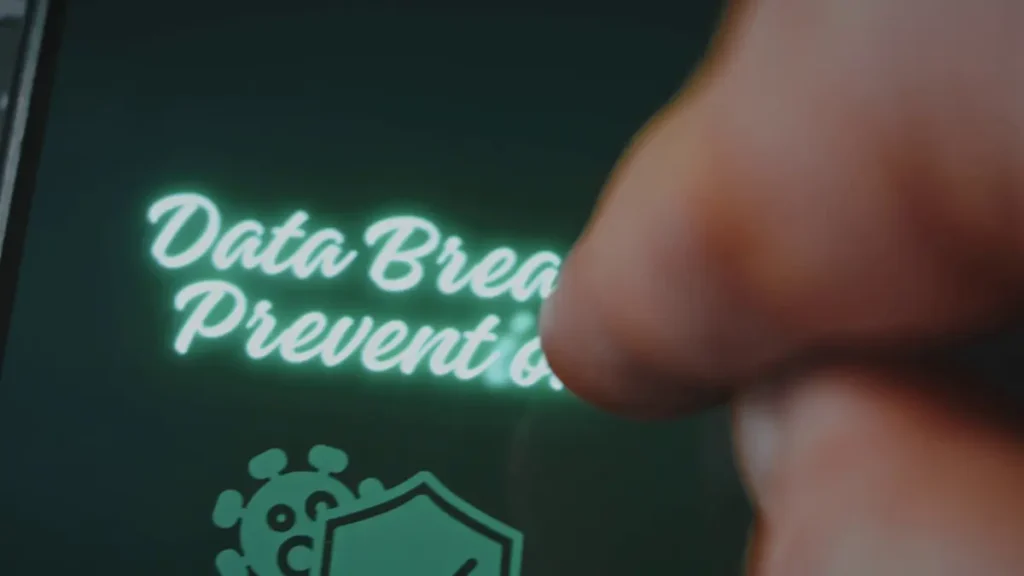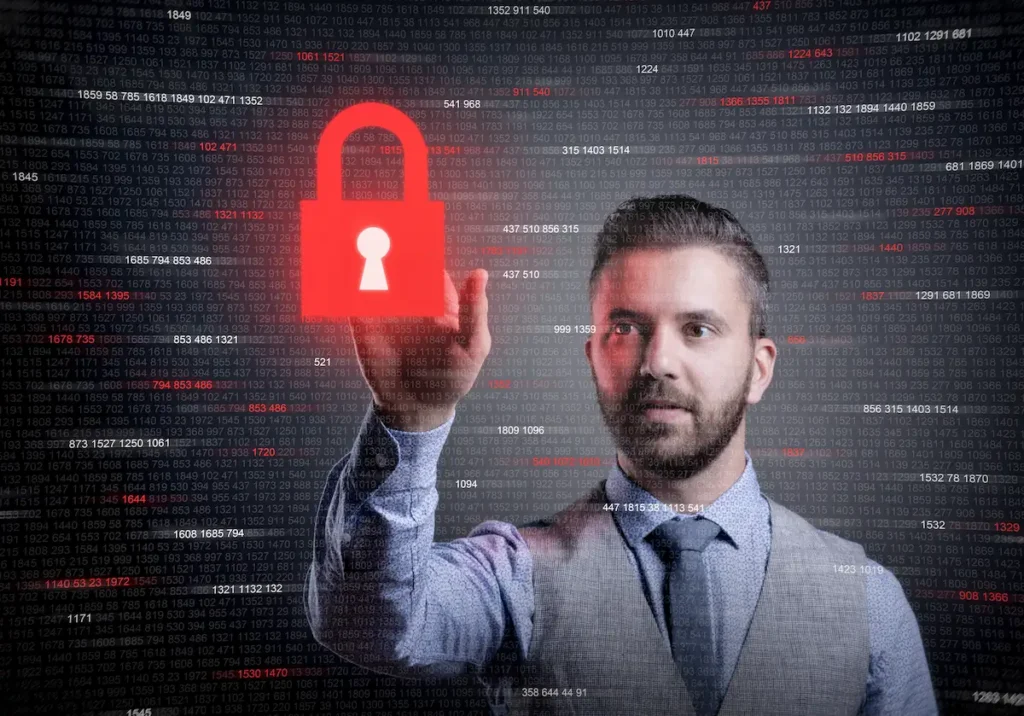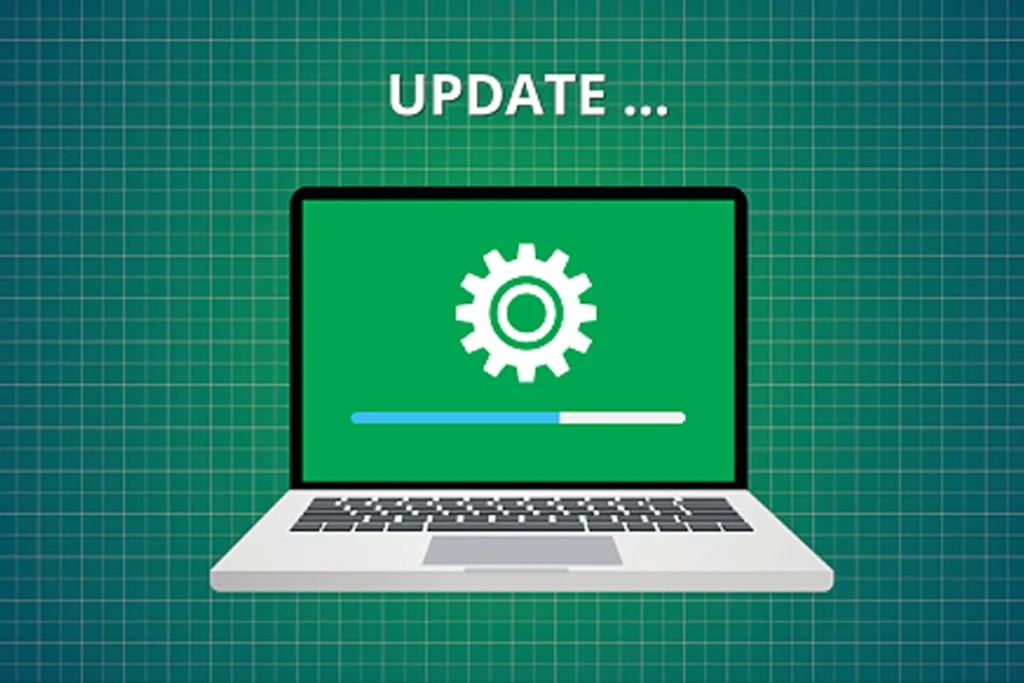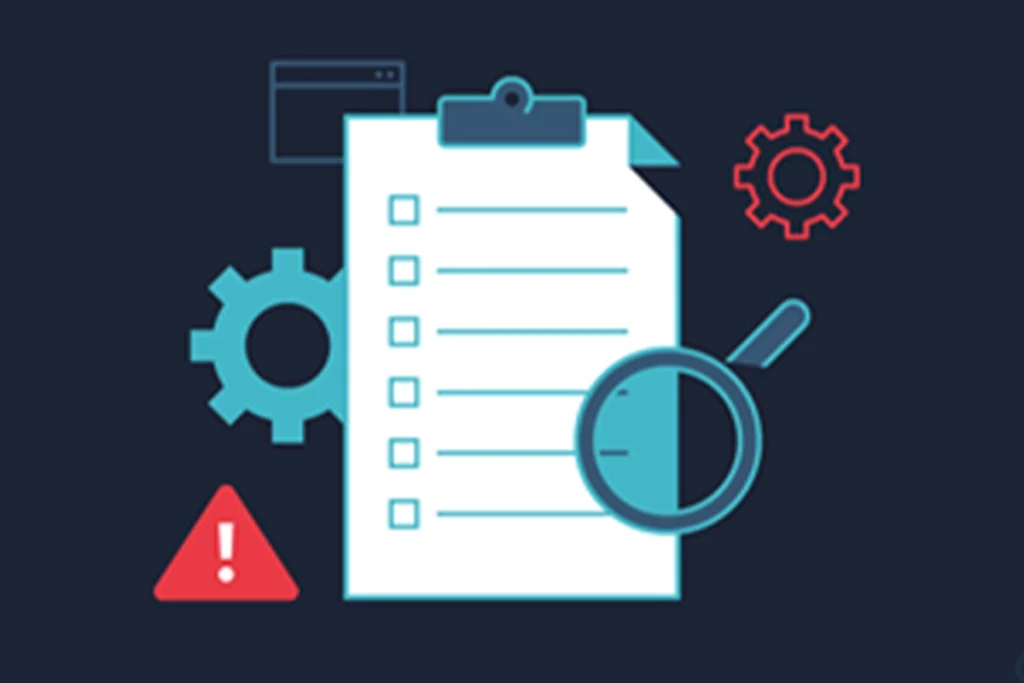
How to Prevent a Data Breach: Protect Your Information Today
What is a Data Breach?
You might have heard about data breaches happening to big companies, but did you know that you can be the target of one too? It’s not just large corporations that are at risk. In fact, hackers can go after anyone with personal or sensitive information. But don’t worry, there are steps you can take right now to protect yourself from falling victim to a data breach. Keep reading to learn how to prevent a data breach and keep your information safe.
Before diving into prevention, it’s important to understand what a data breach is. A data breach happens when unauthorized individuals gain access to sensitive information. This could include personal details like your social security number, credit card information, or login credentials. When this information gets into the wrong hands, it can lead to identity theft, financial losses, or privacy violations.

How to Prevent a Data Breach: 10 Simple Tips
1. Use Strong and Unique Passwords
One of the easiest ways hackers get into accounts is through weak or common passwords. If you use simple passwords like “123456” or your name, it’s time to change them. A strong password should include a mix of letters, numbers, and symbols. Try using a passphrase (e.g., “Purple$Butterfly!27”) to make it more complex. Also, don’t use the same password for multiple sites – this makes it easier for hackers to break into several accounts at once. Using strong, unique passwords for each service is one of the best defenses against a breach.

2. Enable Two-Factor Authentication (2FA)
Two-factor authentication adds an extra layer of security to your accounts. Even if a hacker has your password, they would need a second piece of information (like a code sent to your phone) to access your account. Make sure to turn on 2FA wherever possible, especially for important accounts like email, banking, and social media.

3. Regularly Update Your Software
Outdated software can have vulnerabilities that hackers can exploit to gain access to your system. This includes operating systems, browsers, and applications. Make sure you enable automatic software update features to keep your programs current. If updates aren’t automatic, check regularly for new versions to download.

4. Keep Up With System Update Reminders
Operating system updates are just as important as app updates. A system update often includes patches for known security flaws. Ignoring these alerts leaves your devices exposed. Updating your system is an easy but powerful step in learning how to prevent data breach incidents before they happen.

5. Secure Your Wi-Fi Network
If your Wi-Fi network isn’t secure, hackers can easily gain access to it. Ensure that your router has a strong password and that you’re using WPA3 encryption (or WPA2 if WPA3 is unavailable). This is the first step in setting up a secure home network that keeps intruders out and your data protected.

6. Beware of Phishing Scams
Phishing is when hackers trick you into revealing sensitive information, usually through fake emails or websites. Always verify the source before clicking on links or downloading attachments. If you receive an unexpected email from a company, especially one asking for personal information, check their website directly or call customer support to confirm the message is legitimate.

7. Encrypt Your Data
Encryption is a powerful tool that protects your information by turning it into unreadable code. If your device or network is encrypted, even if a hacker gets access to it, they won’t be able to view the information. Many devices have built-in encryption options, so make sure they’re activated, especially on your phone and laptop.

8. Avoid Public Wi-Fi for Sensitive Transactions
Public Wi-Fi networks are not secure and are a favorite target for hackers. Avoid doing anything sensitive, such as checking bank statements or entering passwords, while connected to public Wi-Fi. If you must use public Wi-Fi, consider using a VPN (Virtual Private Network) to encrypt your connection and protect your data. A VPN is essential for maintaining a secure internet connection in public settings.

9. Monitor Your Accounts Regularly
Regularly checking your bank statements, credit reports, and online accounts is one of the best ways to detect suspicious activity early. Set up account alerts so you can receive notifications for any unusual transactions or login attempts. The sooner you spot a problem, the easier it will be to resolve.

10. Be Cautious About What You Share Online
Social media is a great way to connect with others, but it can also be a goldmine for hackers. Be mindful of the personal information you share online, such as your full name, birthdate, and address. Hackers can use this information to guess passwords or answer security questions. Keep your profiles private and only share what’s necessary.

What to Do If You Experience a Data Breach
If, despite your best efforts, you believe you've been the victim of a data breach, it’s important to act quickly. Here are the steps to take:
- Change your passwords immediately, especially for accounts where sensitive information is stored.
- Contact your bank or credit card company if financial information has been compromised.
- Monitor your credit report for any signs of identity theft.
- Report the breach to the relevant authorities, like your local law enforcement or the Federal Trade Commission (FTC).
Final Thoughts
Protecting yourself from a data breach doesn’t have to be difficult or expensive. By following these simple steps—using strong passwords, enabling two-factor authentication, staying alert to phishing attempts, and keeping up with software update and system update schedules—you can drastically reduce the risk of falling victim to a breach. Taking the time now to secure your information will give you peace of mind and keep your personal data safe for the future.
If you’re looking for guidance or tools that make data security easier, Smart Solutions offers support and resources that help individuals and businesses build a secure internet environment. Start today—because preventing a breach is always better than dealing with the damage later.
Want to take your cybersecurity knowledge even further? Discover why having the right tech partner can make all the difference. In this in-depth guide from Smart Solutions, you’ll learn what an IT company really does—and why more businesses than ever are relying on them to stay safe, efficient, and competitive. If you're serious about protecting your data, this is a must-read: Smart Blog
Don’t miss out on the strategies smart companies are already using—click now and get ahead.
